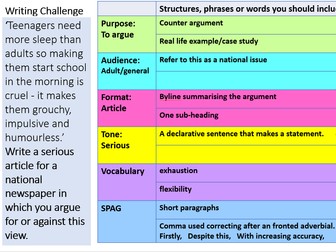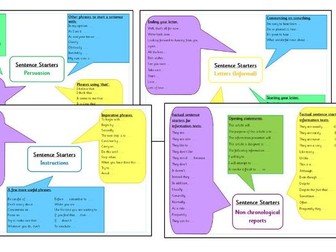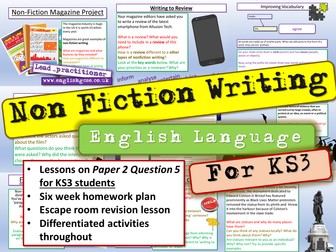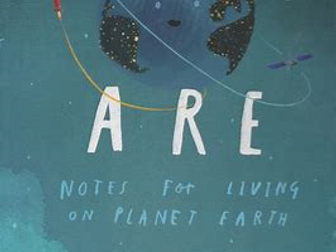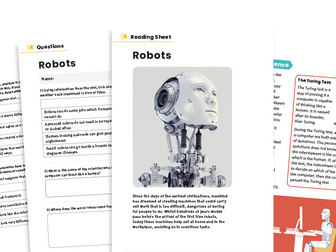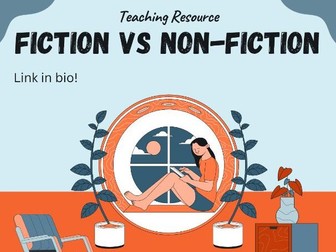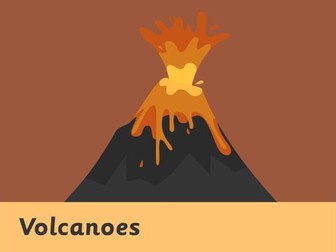Bundle

GCSE English Non-Fiction Writing
There are 8 non-fiction tasks in this bundle.
There is a Powerpoint lesson for each task and a student work book to accompany each lesson which includes a checklist and a suggested plan.
The tasks cover a range of purposes, audiences, formats and tones.
For each task, students fill in a checklist which they use when writing. The checklist can also be used for self or for peer assessment.
Each task should take two lessons: one lesson to review the PAFT and plan a response and the second lesson for writing the task and self/peer assessment. As students become more confident identifying the features of PAFT, a task could be completed in one lesson.
The lessons form a sequence so that students revisit the features of, for example, persuasive writing.
By using the lessons in the given order, students are encouraged to review their own work and set up their own checklists and targets. The tasks are:
Formal, friendly letter
Light-hearted advice leaflet
Serious newspaper article
Formal speech
Light-hearted magazine article
Review
Lively article
Formal letter
